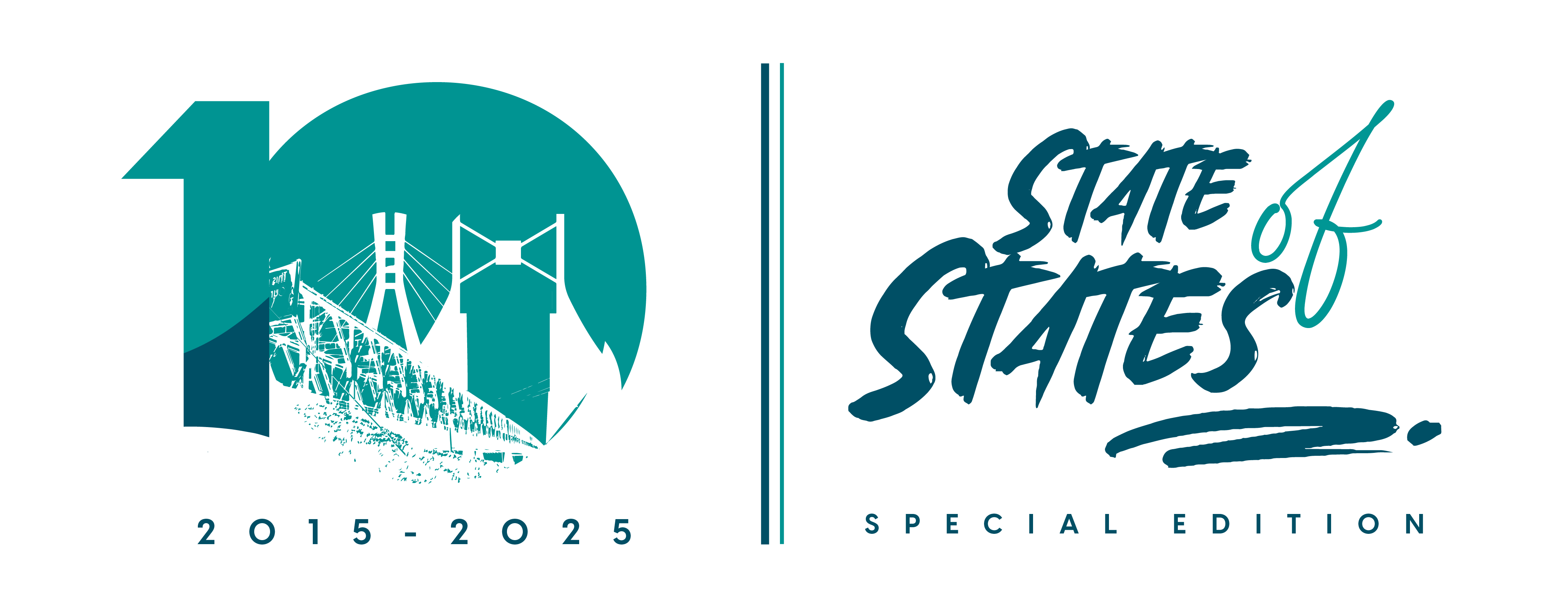2022 Methodology
Our research methodology analyzes state performance based on their level of dependence on federal revenue, growth in internally generated revenue, availability of funds for capital expenditure, debt sustainability, and prioritization of capital expenditure over operating expenses.
Select Year
Operating Expenses
(IGR)
25%
Index A
Index A looks at the ability of states to meet their Operating Expenses (Recurrent Expenditure) with only their Internally Generated Revenue.
(2021 IGR - 2020 IGR)
( 2020 IGR)
20%
Index A1
Index A1 looks at the percentage year on year growth of Internally Generated Revenue.
Operating Expenses + Loan Repayment
Total Revenue
30%
Index B
Index B reviews the states" ability to cover all operating expenses and loan repayment obligations with their Total Revenue (Internally Generated Revenue + Statutory Transfers + Aids and Grants) without resorting to borrowing.
(A+B+C+D) / 4
15%
Index C
Index C estimates the debt sustainability of the states using 4 major Indicators. A. Debt as a % of GDP, B. Debt as a % of Revenue, C.Debt service as a % of Revenue, D.Personnel Cost as a % of Revenue.
Operating Expenses
Capital Expenditure
10%
Index D
Index D evaluates the degree to which each State is prioritizing capital expenditure with respect to their operating expenses (recurrent expenditure).
Summary
Every year, through the State of States report, we assess the long-term fiscal sustainability of all the 36 Nigerian states, and we rank their fiscal performance, from the most sustainable to the least sustainable. The 2022 State of States report gives a clear indication of which states need to revamp their fiscal strategy urgently in order to have the right resources to invest in their people. Having been inundated with fiscal shocks from the Covid-19 pandemic in 2020 which plummeted government revenues in 2020, all the 36 states of the federation commenced a rebound in 2021, in a bid to expand opportunities for growth and build fiscal resilience.
In this year's report, we will review how far states have come, discuss “Sustainable Governance Reforms for a New Era” and explore the various strategies that states can adopt and implement to ensure that the positive momentum created by the SFTAS reforms is kept even where the monetary incentives are no longer available.
States Performance on Index A1
States that rank higher on index A1 have been able to significantly grow their internally generated revenue year-on-year and are progressively reducing their over-reliance on federal transfers. Contrarily, the states that rank low on this index have had either a negative or poor growth in their internally generated revenue and thus remain heavily dependent on federally distributed revenue to implement their budgets.
States Performance on Index A1
States that rank higher on index A1 have been able to significantly grow their internally generated revenue year-on-year and are progressively reducing their over-reliance on federal transfers. Contrarily, the states that rank low on this index have had either a negative or poor growth in their internally generated revenue and thus remain heavily dependent on federally distributed revenue to implement their budgets.
States Performance on Index A1
States that rank higher on index A1 have been able to significantly grow their internally generated revenue year-on-year and are progressively reducing their over-reliance on federal transfers. Contrarily, the states that rank low on this index have had either a negative or poor growth in their internally generated revenue and thus remain heavily dependent on federally distributed revenue to implement their budgets.
States Performance on Index A1
States that rank higher on index A1 have been able to significantly grow their internally generated revenue year-on-year and are progressively reducing their over-reliance on federal transfers. Contrarily, the states that rank low on this index have had either a negative or poor growth in their internally generated revenue and thus remain heavily dependent on federally distributed revenue to implement their budgets.
States Performance on Index A1
States that rank higher on index A1 have been able to significantly grow their internally generated revenue year-on-year and are progressively reducing their over-reliance on federal transfers. Contrarily, the states that rank low on this index have had either a negative or poor growth in their internally generated revenue and thus remain heavily dependent on federally distributed revenue to implement their budgets.
Select Year
You are currently viewing the Sustainability ranking map for the year 2022, please, click on the filter below to explore the map for other years
Select Year:

